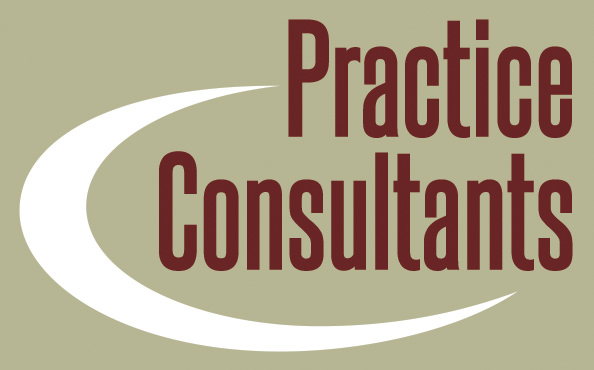What is the Appraisal Formula?
After accumulating the necessary information, we “recast” the earnings for the past 3 – 4 years based on the tax returns. This process adjusts the earnings to what a buyer would likely see according to usual and customary parameters. The result is often called Seller’s Discretionary Earnings, SDE.
Among other adjustments, recasting eliminates equipment leases, depreciation, interest expense, etc., since a practice valuation presumes that all equipment will be owned outright by the buyer after the sale; in other words, the seller must pay-off outstanding liabilities. (Obviously other arrangements are possible, but they affect the expected sale price of the practice.)
From these figures, we calculate an Economic Earnings factor via a weight-averaging method of the SDE’s, giving more weight to more recent periods.
Separately, we establish the present value of equipment, furniture & fixtures, leasehold improvements, and inventory. Typically we require input from equipment vendors. The total of all of these figures is the value of Tangible Assets.
We then use several computation methods to meld the value of tangible assets and economic earnings with a determination of the value of goodwill. The three most significant methods are called Cost Replacement and two versions of Economic Earnings multiples. Depending on other characteristics of the practice, we may use a method based on gross revenue and/or a method known as Excess Earnings.
Other considerations are lease terms, inventory ratios compared to standards, investment totals relative to practice production, etc.
The value so determined is then tested against various potential purchase scenarios to validate the “buyability” of the practice based on the expected cash flow.
The final value is then set and the result is transmitted to the person who contracted with us for the appraisal.
Much of the information we gather forms a set of checks and balances as we move along. Having done hundreds of appraisals, and having been involved with buyers and sellers in many actual sale transactions, we are clear about what buyers will and will not accept, and on what lenders are willing to support. A practice must demonstrate a sustained level of profitability to have merit in the marketplace; it must make good long-term economic sense as both an investment and a livelihood.
